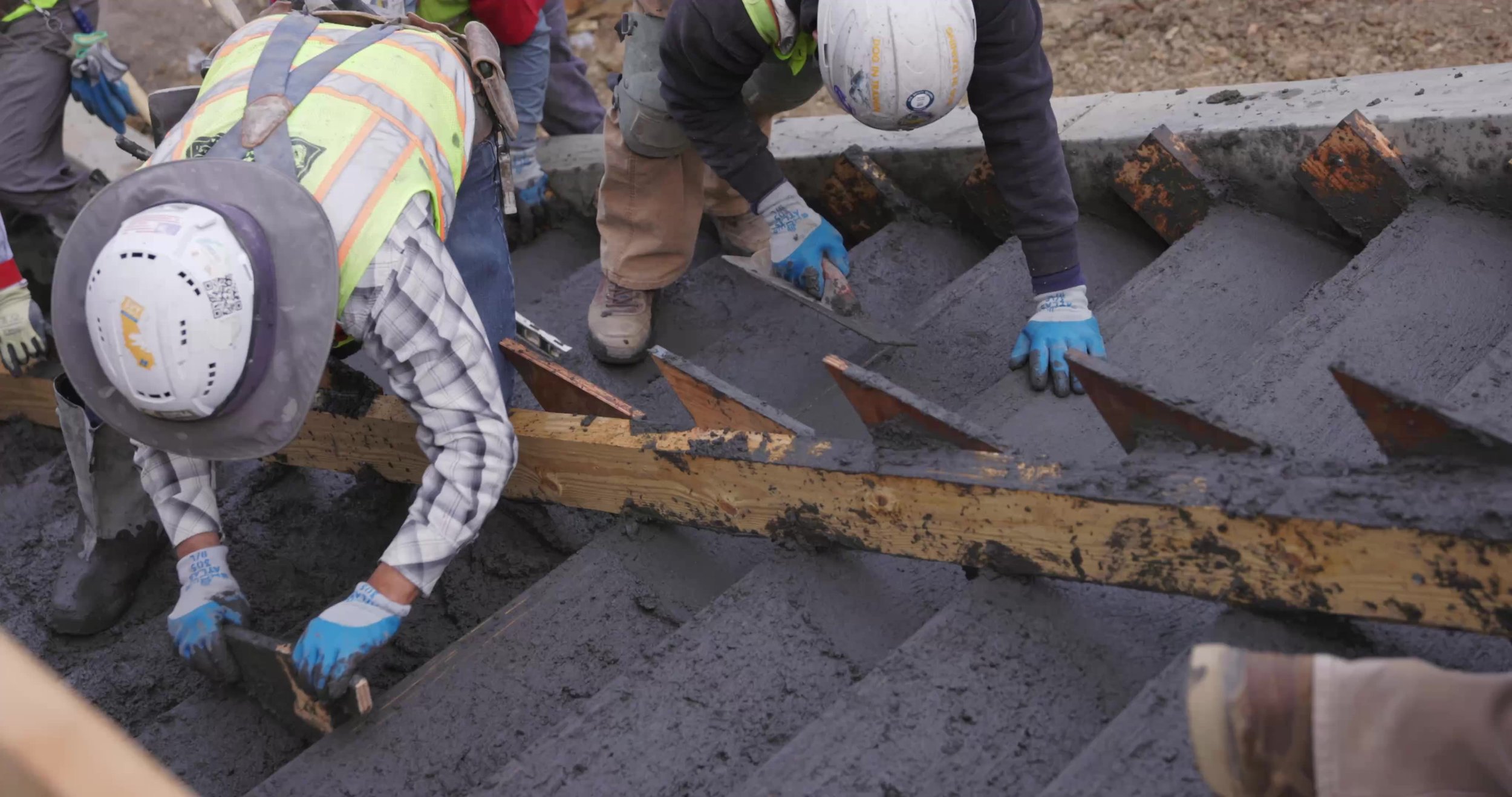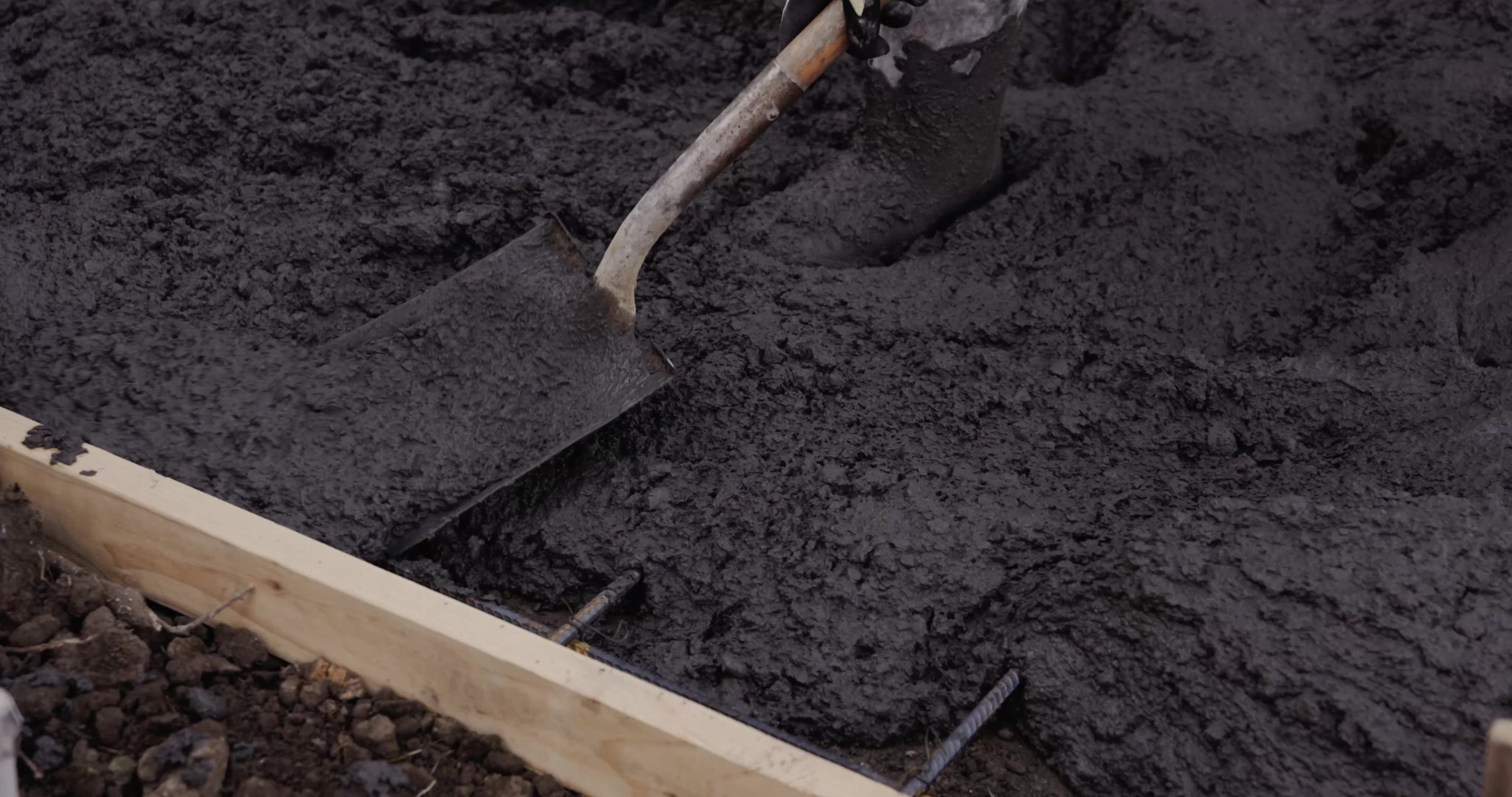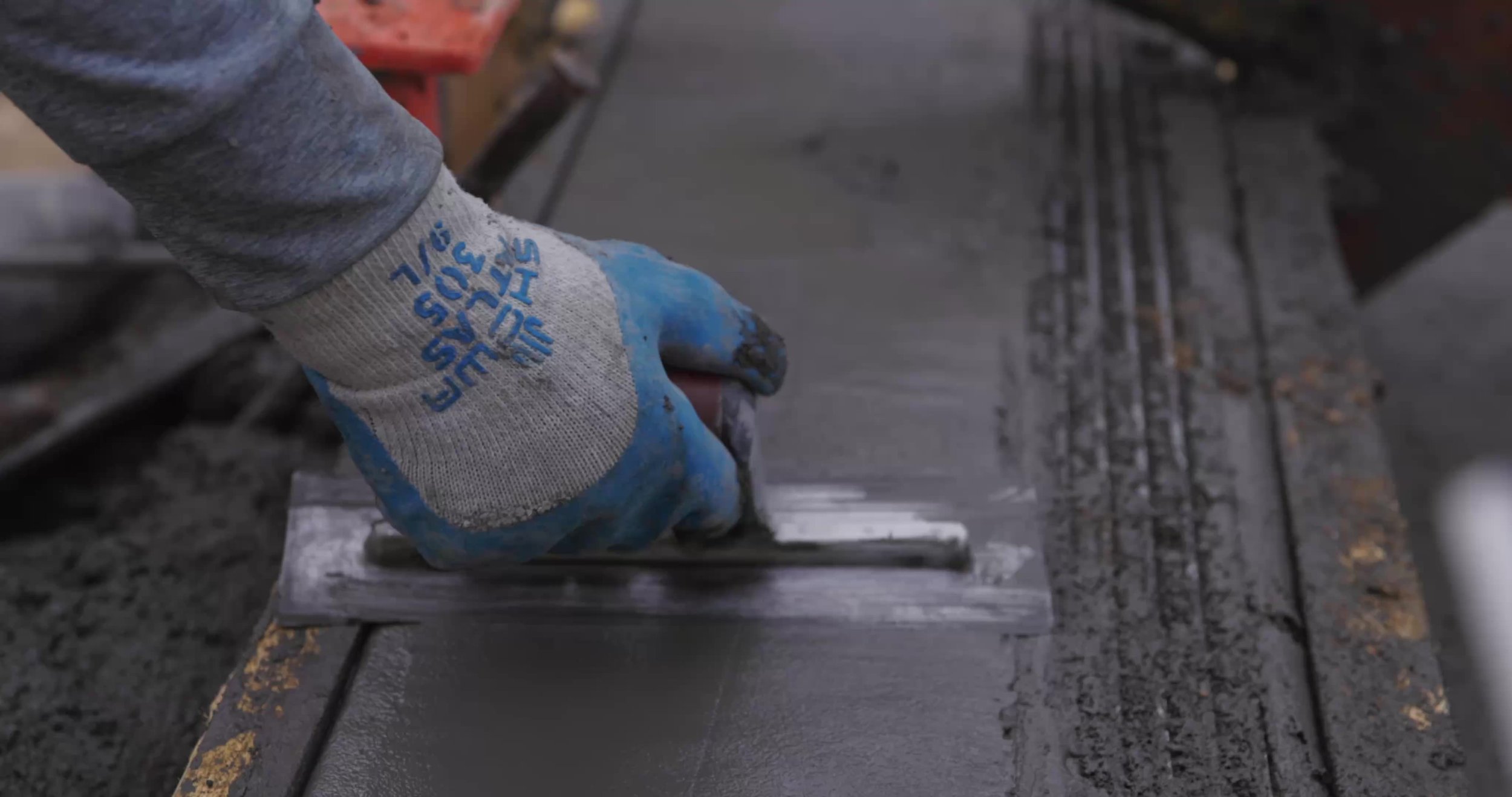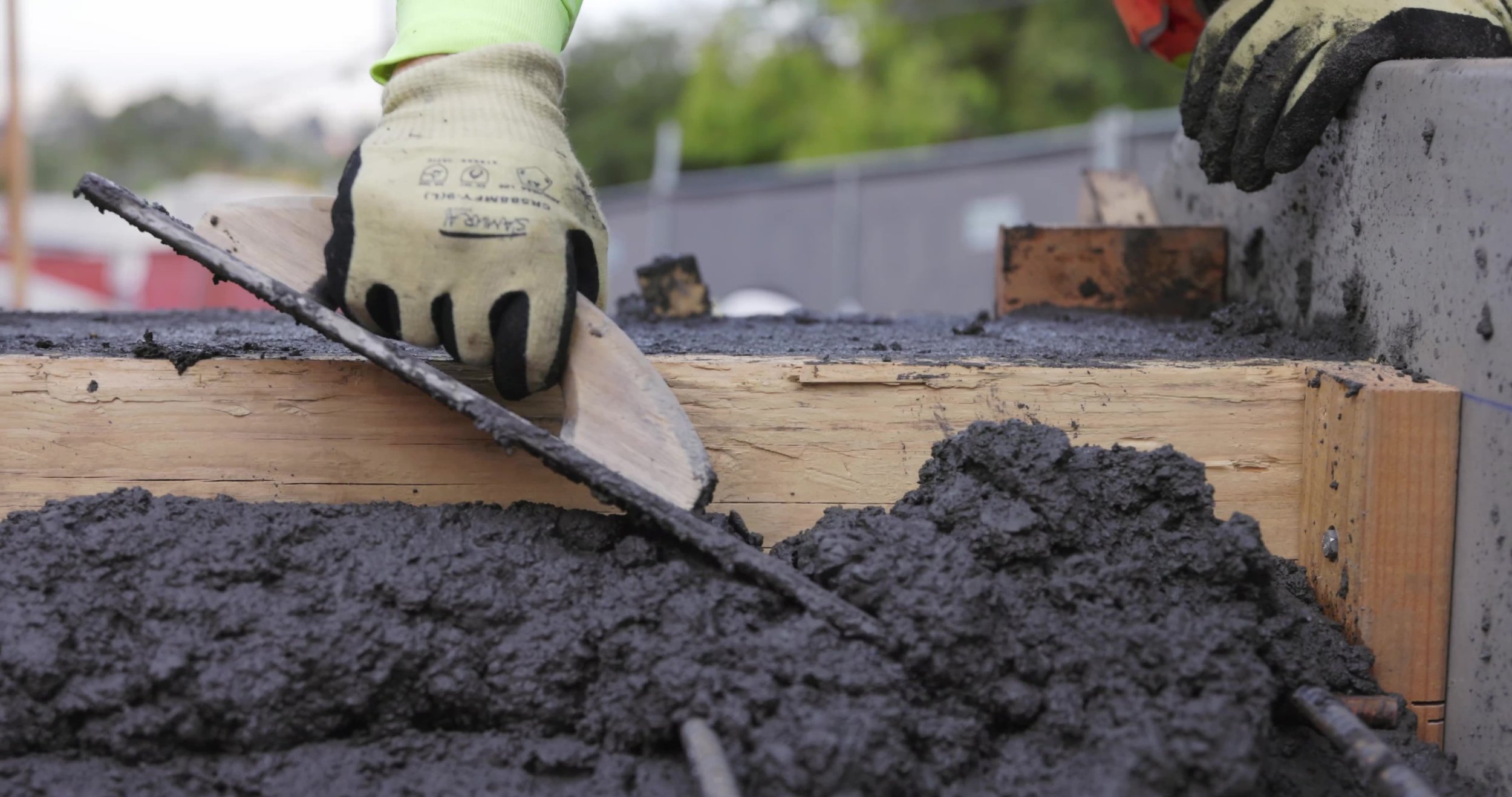OurCarbon Makes Bay Area Concrete Use Debut
The Low Carbon Campus
Hyper local, low carbon, OurCarbon enhanced concrete
Bioforcetech is proud to share a new milestone in closing the loop locally on waste and the built environment. In collaboration with Vulcan Materials Company's Central Concrete, Global architecture firm Skidmore, Owings & Merrill (SOM), Cahill Contractors, FTF Engineering, Inc., and with monitoring, reporting, and verification completed by CarbonPilot, Bioforcetech’s OurCarbon® material has been utilized in concrete at a school in Oakland. Located less than 40 miles from Bioforcetech’s production facility in Redwood City.
“We’ve made the Bay Area our home since coming to America from Italy to found Bioforcetech in 2012. Since then we’ve hit so many milestones in producing our technology and transforming biosolids for the wastewater industry. Seeing this project close the loop locally with the material we are producing makes us proud to be doing this work here in the Bay.” Dario Presezzi, CEO Bioforcetech
Project Overview, Dosage, and Testing
The project, dubbed the 'Low Carbon Campus,' infused OurCarbon into two different structural grade concrete mixes; a sitework mix used for a stairway and walkway to the entrance of the campus and a footing mix used to anchor a retaining wall. Each mix incorporated 76.5 pounds of OurCarbon per cubic yard, storing just over the the equivalent in CO2e. With baseline GWP's of 248 and 209 kg CO2e/CY, the GWPs of these mixes were reduced by 12.3% and 26.1% respectively. The total carbon storage of the project was 2.13 tons of CO2e over roughly 55 cubic yards of concrete.
One of the major worries around new materials in concrete is if it will affect placement, set times, and flowability. While OurCarbon has a major affect on GWP, it does not affect placement or behavior, allowing trucking, pumping, and placement to go on as usual but with large amounts of durable carbon storage in the project.
Any first deployment of a new material requires extensive testing, verification, communication, and trustbuilding. The collaboration between all parties exhibited on this project brought it to successful completion with large amounts of data and learnings for everyone. Building from detailed testing and reports on OurCabon’s use in concrete through Braun Intertec, Central Concrete and Bioforcetech worked together to complete a field trial at Centrals’ Hayward plant. The trial allowed the teams to successfully deploy OurCarbon into multiple full scale ready mix batches and pull samples to test in their lab and fine tune the formulation.
Carbon Storage, and Landfill Avoidance
This carbon storage approach of replacing concrete aggregates with durable carbon string materials could have a huge affect on carbon emissions and the built environment. According to recent research published by UC Davis in Science Magazine, the built environment has massive potential to store carbon durably, with the bulk of the storage mass in replacing concrete aggregates the same way that OurCarbon does in this project. According to Carbon Pilot’s calculations, the transformation of biosolids to biochar for storage in concrete in the US can avoid, remove, and store over 450 million tons of CO2 annually all while preventing harmful disposal practices active today.
The Hyperlocal Circular City
In most cities nationwide, biosolids are trucked out to be 'managed' in practices that lead to methane emissions from landfill and/or soil contamination through land application, all at a cost to the taxpayer. Simulatenously, buildng materials are mined elsewhere and trucked in to keep up with demand for new construction.
The Low Carbon Campus project proves the 'Circular City' model that the Bioforcetech system unlocks; stopping the landfilling and land application of biosolids at high hauling costs and distances, transforming it into PFAS free carbon negative OurCarbon, and then utilizing the new material to store carbon and serve citizens in the very region where the material was made. The project site of the Low Carbon Campus is under forty miles from Bioforcetech's production site, and with the concrete batch plant along the way.
“As two materials produced regionally in large quantities, the carbon sequestration and use model of biosolids to biochar to concrete can be replicated globally to give new life to a material seen today as a waste.” Garrett Benisch, Director of Development at Bioforcetech












